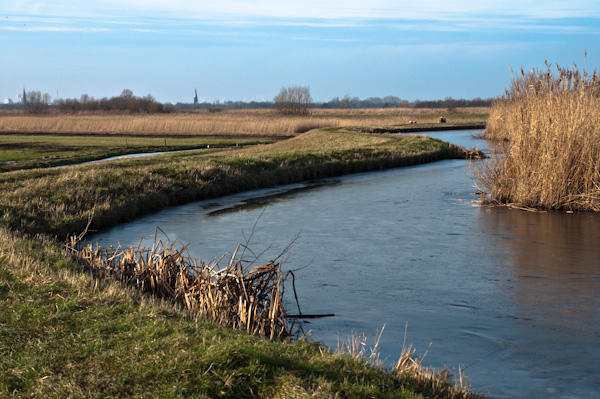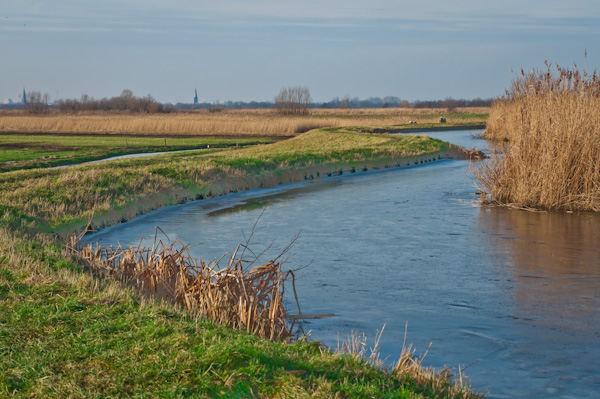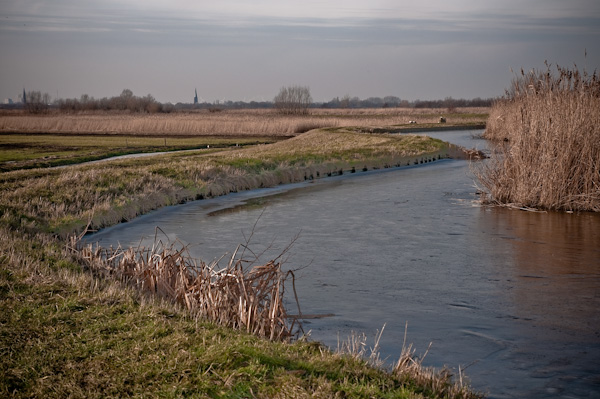An important limitation of digital cameras is their limited dynamic range – scenes with high contrast will either lead to lost detail in the highlights or in the shadows. This problem is made worse by the limited range offered by the JPG format. High Dynamic Range (HDR) photography tries to overcome these limitations by combining several pictures taken with different exposure settings (i.e. over- and underexposure) into one picture with increased detail in both shadows and highlights, using e.g. Photomatix. This requires that all pictures (usually three to five) are exactly the same expect for exposure, controlled by the shutter speed. This necessesitates a static scene and the use of a tripod.
Pseudo HDR pictures take a different road. RAW pictures directly from the camera often offer 12 or even 14 bits of depth per color channel, which is then mapped onto the 8 bits offered by JPG. It is thus possible to generate pictures with different exposures from a single RAW file, which can then be combined into one HDR image. This allows for HDR images even of moving subjects, as the impressive pictures in this Scramble topic show.
This approach works quite well, but seemed awkward to me – why split one image into several, just to combine it again? Since all information is in a single image, why not extract it directly e.g. with Lightroom? All that should be required is clever adjustment of the curves, exposure, and contrast settings. In fact I found two Lightroom presets that give an HDR look to images.
This is a picture with some basic adjustments done, slightly increased saturation (the result of the “Punch” preset in Lightroom):

The first HDR preset is Jim’s Fake HDR Lightroom Preset:

The preset I like better most of the time is Another World #3:

Both presets are ideal starting points for your own experiments. Play with the sliders until you get the result you are happy with. Lately, we have been inundated with HDR pictures and are supposed to find them all “creative” and “artistic”, which is certainly not the case. A slight HDR touch can however improve some pictures and be used for artistic effect.